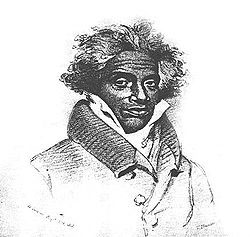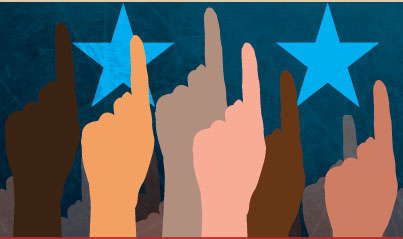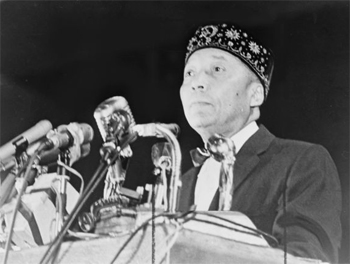
The first black slaves to arrive in what is now the United States were 20 Negroes sold from a Dutch man-of-war to the settlers of the Virginia Colony in 1619. By 1790 there were 697,624 slave and 59,557 free blacks in the U.S.; by 1860, the population had jumped to 3,953,760 slave and 488,070 free.
There were Muslims among African slaves brought to the U.S. (for example, Abdulrahman Ibrahim Ibn Sori), but no evidence exists that these slaves had influence beyond their own experiences or were able to propagate Islam in the New World.
Why?
Most were young males, a demographic group least likely to be associated with cultural transmission no matter the circumstances.
In addition, slave owners actively suppressed native language and behavior to create a distinct slave culture.
There is a great difference in the history of African slavery in the American colonies and elsewhere in the Western Hemisphere. It is estimated that of the 10 million individuals sold into slavery in Africa, only 400,000 were shipped to what became the United States.
(Drawing courtesy of Wikipedia)

